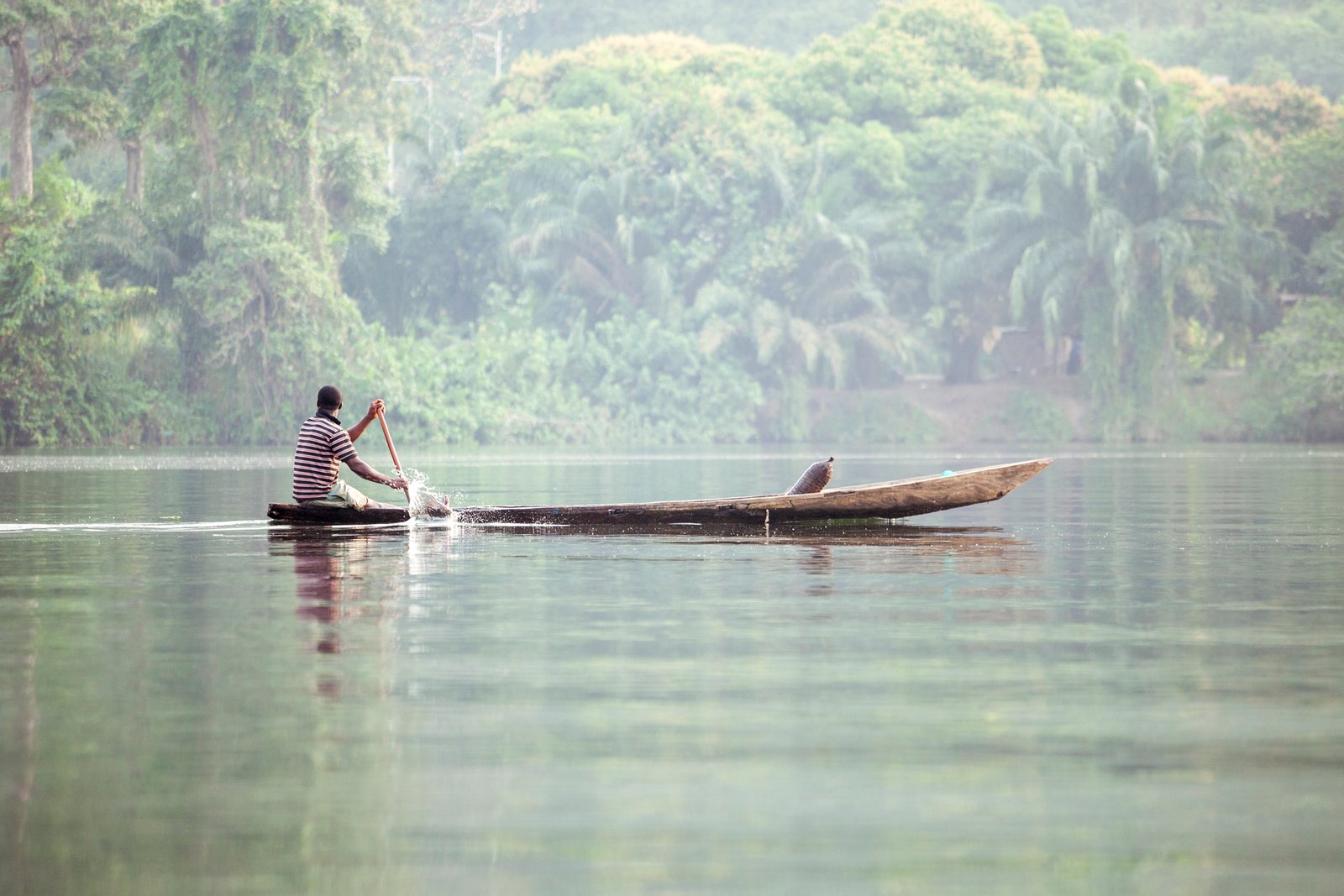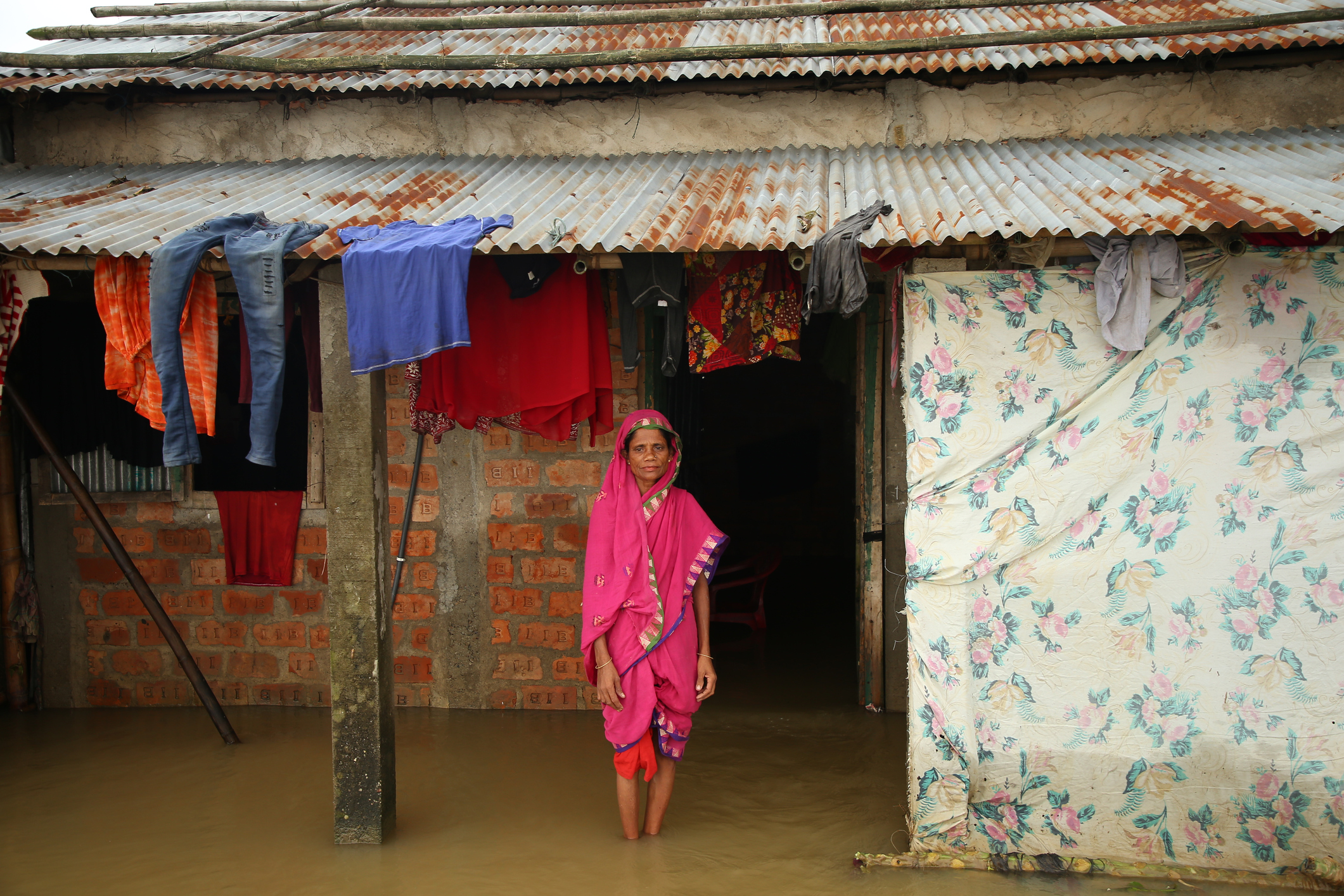Through diverse approaches, Brazil and Canada have tackled challenges and devised solutions regarding the access to and management of water, which is a fundamental human right. A comparative analysis uncovers innovative policy practices and valuable lessons that were learned which enriches the global struggle for water sustainability with contributions from both Brazil and Canada.
Imagine a world where every step we take towards sustainable development directly impacts the lives of thousands of people. That is the reality of water management in Brazil and Canada, two giants with different approaches that share the common goal of ensuring universal access to drinking water and sanitation. As we delve deeper into their policies and strategies, we will uncover not only the significance of technological innovation and infrastructure, but also the crucial roles of governance and community engagement in addressing this global crisis.
Brazil
Brazil, which boasts rich biodiversity and extensive water resources, encounters distinctive challenges arising from its intricate topography and socioeconomic inequalities. The nation has embraced ambitious policies aimed not only at enhancing water infrastructure, but also at promoting equity in water access.
In the last decade, Brazil has achieved remarkable progress in the sanitation sector, evidenced by a 292% surge in the number of cities served by private companies. Public-private partnerships (PPPs) have played a pivotal role, culminating in 21 contracts benefiting 16 million consumers. This progress represents an important step towards improved access to basic sanitation services, which is crucial for public health and quality of life.
Since the approval of the New Legal Framework for Sanitation in July 2020, the basic sanitation sector in Brazil has experienced significant improvements, particularly in areas where public and private sector efforts are combined. In 2020, according to the Senate Agency, almost 35 million people still lacked access to treated water and approximately 100 million did not have access to sewerage systems, the implementation of advanced technologies, such as membrane systems and ozonation, has significantly improved the quality of water treatment and sanitation throughout the country.
Moreover, the implementation of community water management in the most vulnerable areas, particularly in the North and Northeast regions, has revolutionized access to drinking water and basic sanitation. In recent years, this model has benefited approximately 17 million people in rural areas and significantly improved their quality of life.
North America
In contrast, Canada, which has one of the world’s largest freshwater supplies, grapples with challenges arising from its vast geography and the impacts of climate change. Indigenous communities, in particular, have borne a disproportionate burden due to the inadequate infrastructure and lack of supportive policies. Canada’s response has been to strengthen collaboration between levels of government and affected communities, and to promote research and development in water purification and conservation technologies.
An example of the efficacy of these strategies is shown in the pilot project undertaken in the province of Alberta. The implementation of new membrane filtration technology in small rural communities notably enhanced water quality without substantially escalating operating costs. In the Neskantaga First Nation communityin Ontario, home to 374 residents, efforts to expand and improve the water treatment system are currently underway. This project aims to eliminate the boil water advisory that has affected 76 homes and 6 community buildings in Neskantaga First Nation since 1995.
Although the system became operational in December 2020, some shortcomings are still being addressed. Additionally, Indigenous Services Canada supports the “Trust the Taps” initiative, which aims to enhance trust in local water sources by financing healing plans and additional wellness programs.
From Local to International Cooperation
Experiences in both countries show that effective water management requires more than technological solutions; it needs inclusive policies that tackle inequality and encourage local participation.
For example, in Brazil, collaboration among communities has not only fostered the development of suitable infrastructure but has also strengthened community ties, thereby creating a sense of responsibility and cooperation among inhabitants of these regions. Meanwhile, Canada has invested in advanced technologies that aid in monitoring and managing its water resources more efficiently, thereby ensuring a more equitable distribution.
The emerging international cooperation between Brazil and Canada has the potential to be a role model for other nations. Although there is still no formal collaboration on national water strategies, current interactions, such as virtual trade missions and inter-university research agreements, show the potential for an enriching exchange of knowledge, technologies, and strategies. These preliminary initiatives can pave the way for innovative solutions to persistent challenges while strengthening the resilience of both countries against the emerging challenges of climate change and population growth.
In short, the right to water is not merely an issue of infrastructure; it encompasses challenges of governance, equity, and international cooperation. By learning from the successes and challenges experienced in Brazil and Canada, other countries can discover viable pathways to water sustainability that not only enhance access to water but also promote social justice. This holistic approach is essential for tackling the global water crisis and ensuring that every individual, regardless of their location, has access to clean water and a safer, more sustainable future.






